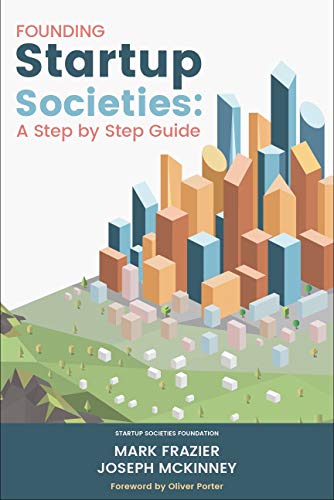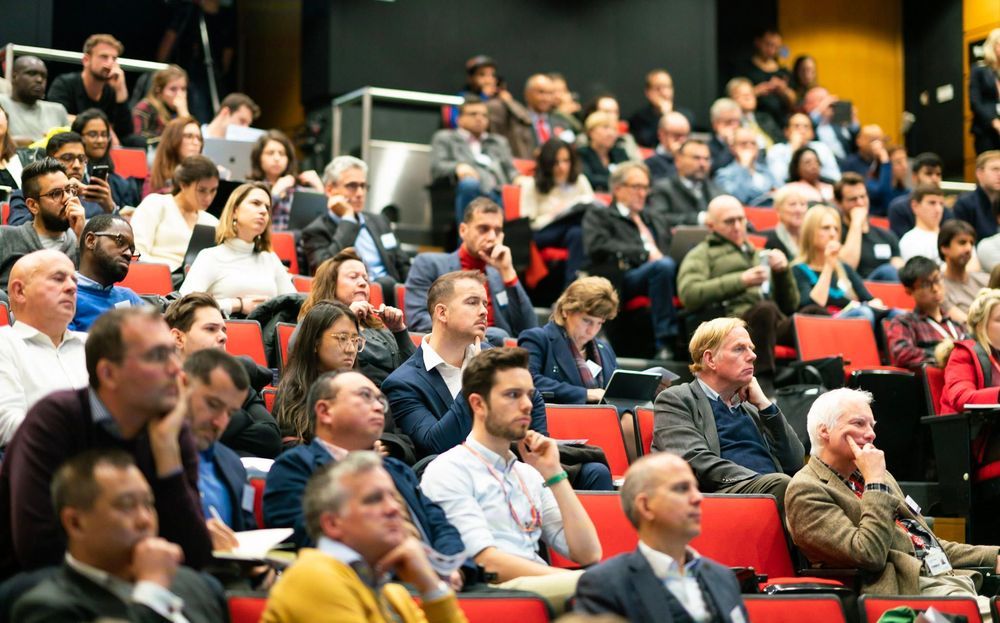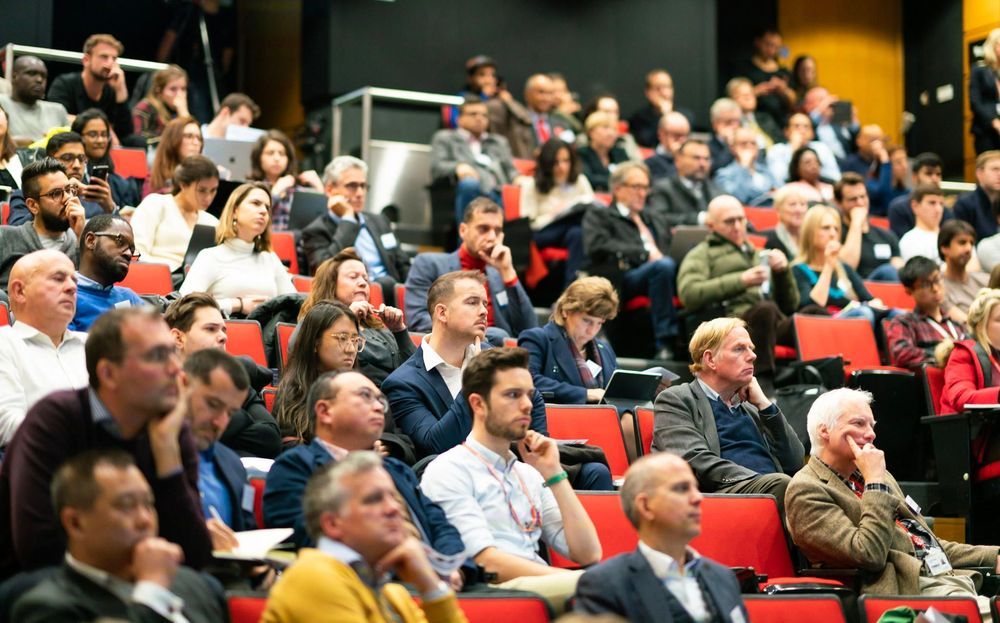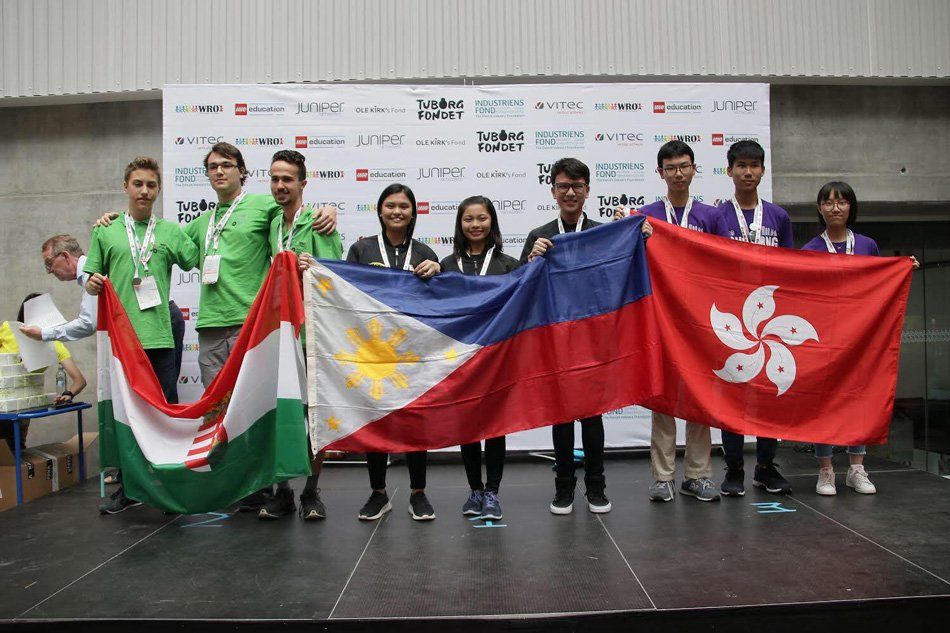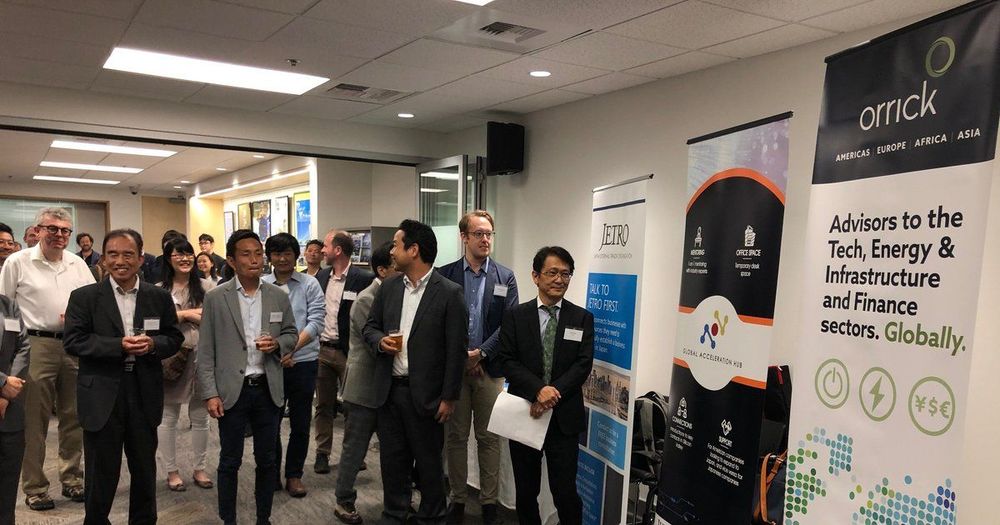This Guidebook provides comprehensive how-to information to build Startup Societies. These are small areas that innovate in governance, such as Shenzhen, Dubai, and Singapore.
The Authors wrote this Guidebook to radically lower barriers for launching Startup Society ventures. This Guidebook covers twenty steps to create a Startup Society from ideation to running a full-scale city. It also introduces unique best practices for making Startup Societies: creating consortiums, launching competitions, sharing upsides with local communities, leading with a gift, and scaling from small locations to larger ones.
The Guidebook backs up its guidelines with fifty years of research and field work in over fifty countries. It is a great starting point for entrepreneurs who want to use policies to rejuvenate rural and urban neighborhoods around the world, or to create new ones. It is for everyone with a game-changing Startup Society idea and the drive to achieve it, in their local communities or elsewhere.
